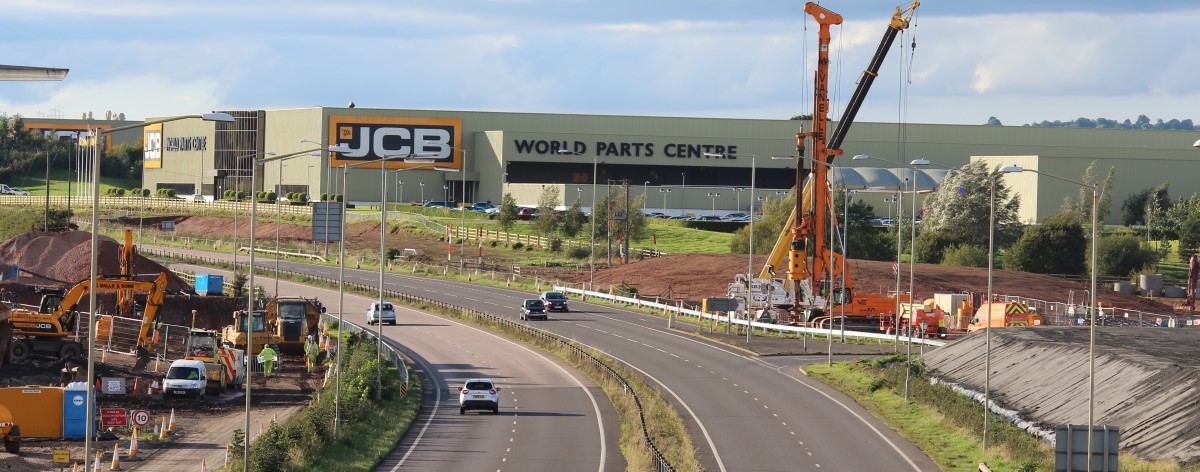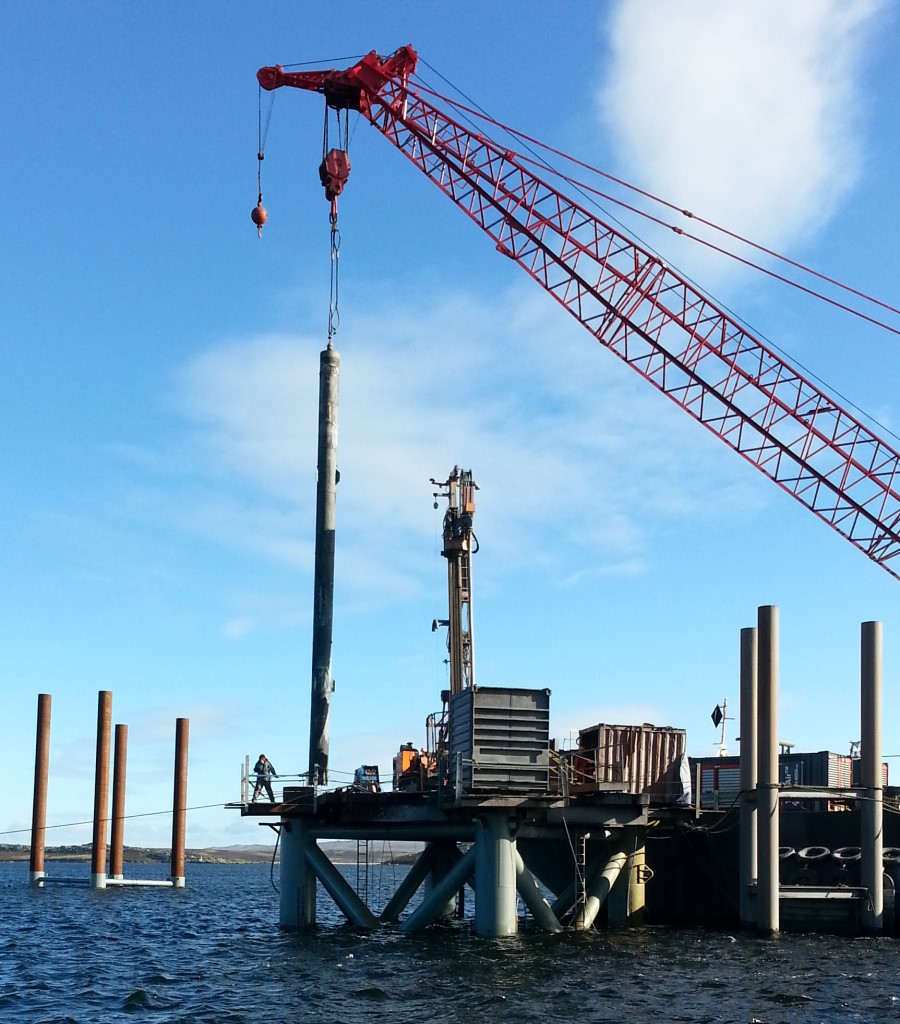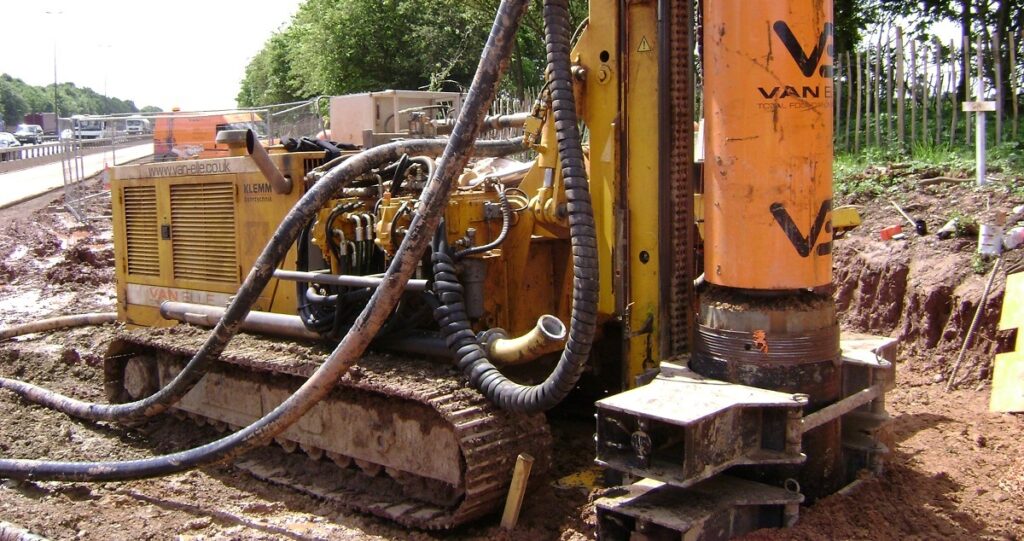Drilled piling is ideal for installing foundations in challenging ground conditions, such as soils with cobbles, boulders and rock layers, and has the capability of forming rock sockets.
Smaller diameter piles can support heavy vertical loads as the overburden drilling techniques adopted have the capability of forming rock sockets into stronger underlying rock strata.
A wide variety of drilling methods are available, depending on ground conditions and project requirements.
What is Drilled Piling used for?
Also known as replacement piles, bored pile, mini piles, cast-in-drilled-hole piles (CIDH piles) or cast-in-situ piles, has many applications within the civil engineering and construction sector.
Van Elle offers a range of drilled piling methods, depending on ground conditions and foundation loads:
- Odex rotary percussive for piles up to 323mm in diameter
- Rotary percussive for piles up to 900mm diameter
- Duplex rotary percussive for piles up to 900mm with 1050mm casing
- Superjaws casing advancement systems for rotary percussive for piles up to 813mm in diameter
- Elemex Super Jaws DTH (down the hole hammer) for permanently cased piles up to 1000mm diameter
Key rig capabilities:
- Rig loadings: 1–40 tonnes
- Pile diameters as vary depending on drilling technique- 300 – 1050mm


